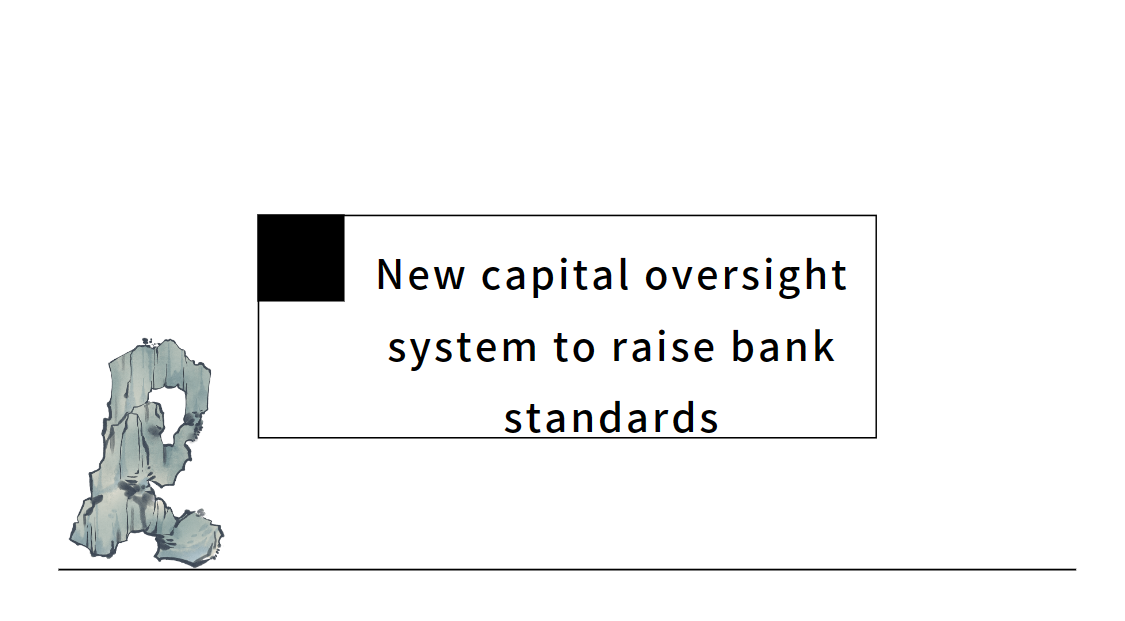Cloud Computing Can be a Key Enabler of Financial Inclusion
Without access to financial services, individuals and small businesses are unlikely to achieve prosperity and upward mobility. To reach those who remain unbanked and underserved, financial solutions must be delivered at low cost and be scalable, sustainable, and responsible.
Cloud-based services offer one way to do this. They can improve operational efficiency and scalability to enhance the digital capabilities of financial institutions to provide more affordable and accessible financial services.
This is already being done in several countries. South Africa's Tymebank and the Philippines' Cantilan Bank, both first in their respective countries to operate fully off a secure cloud-based infrastructure network, have passed on cost savings to consumers and enhanced the customer experience. In India, ICICI Bank, Axis Bank, and Kotak Mahindra Bank, to name a few, have implemented successful cloud-based core banking systems.
By adopting cloud computing solutions, they are now using shared computing and data storage resources, hosted and run on remote servers in the cloud instead of investing in their own on-premise servers. This provides flexibility to scale capacity up or down to accommodate peak periods. Software as a Service (SaaS) providers typically handle maintenance, updates, and security, reducing upfront and operational costs.
Where investments into on-premise servers have already been made, the costs of such assets can hold back modernization efforts even if the long-term savings would be substantial. Sticking with outdated information technology infrastructure creates security challenges, inefficiencies, and rigidities when meeting customers’ changing demands.
Cloud computing also allows staff resources to be used more efficiently and, reporting simplified. For customers, modern digital banking solutions lower the barriers to entry and contribute to more seamless experiences through online banking, mobile apps, ATMs, and cash-accept machines, all allowing users to connect to the services wherever they are and whenever they wish.
Features like these make cloud computing a scalable, elastic, and on-demand service providing access to servers, storage, networks, software, and analytics over the Internet. This is particularly useful for new digital banks and fintech startups still testing their technology and business models and serving a large, diverse customer base, including underbanked and unbanked populations who may not have access to physical branches.
Cloud computing also allows staff resources to be used more efficiently and reporting simplified.
A prerequisite for implementing cloud computing is consistent and reliable internet access where the consumer interacts with banking services. This remains a challenge in some areas, particularly remote or rural locations, but improvements in digital connectivity have been rapid. Remote locations can benefit from off-grid energy and connectivity innovations, such as satellite connectivity and community networks.
Digitalizing banking operations introduces other risks that can be costly unless well managed. With data growing exponentially and customer data being one of the most critical assets, banks risk losing revenue, reputation, and business continuity if data is compromised. The IT system design and security protocols must ensure that they are robust and that cloud computing providers have solid security certifications.
Public cloud providers are well aware of the concerns of their customers regarding security and accessibility. They also need to adhere to regulatory requirements that, in some jurisdictions, dictate where data can be stored, which can restrict the choice of cloud providers who can meet these requirements.
Cloud computing can also enhance security in core banking through secure and scalable infrastructure and access to advanced security features, such as encryption and two-factor authentication. However, the security of cloud-based systems depends on the specific provider and security measures they have in place, so banks will need to carefully evaluate potential providers and their security measures before moving critical data and systems to the cloud.
Procuring cloud services can be complex and time-consuming, particularly for organizations unfamiliar with the available options. Organizations may not have the skills and knowledge to procure, manage and utilize cloud services effectively. This can make it difficult to fully leverage the capabilities of the cloud and realize the potential cost savings.
Typically, cloud providers have built-in disaster recovery and business continuity capabilities, which can help businesses avoid costly downtime during an outage. And as data is stored in a secure, off-site location, it is not affected by disasters that may occur on-premises. Cantilan Bank was, for example, able to re-establish connections immediately following the devastating impact of Typhoon Rai on Surigao del Sur and the rest of the Caraga region in December 2021.
Additionally, cloud data centers can help to decarbonize data processing if powered by renewable energy, can use energy more efficiently than dispersed on-premise servers, and may reduce e-waste by lowering the consumption of IT hardware.
It can be argued that the benefits outweigh the risks, primarily through cost savings that can help to fund affordable, and accessible financial services. This makes cloud computing a key enabler for digital transformation and financial inclusion.





















































First, please LoginComment After ~